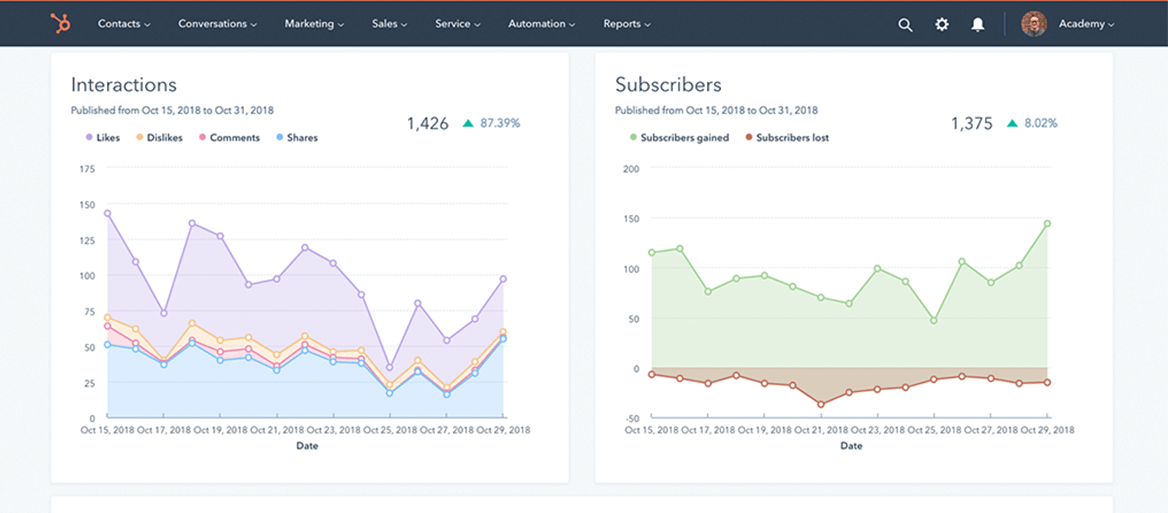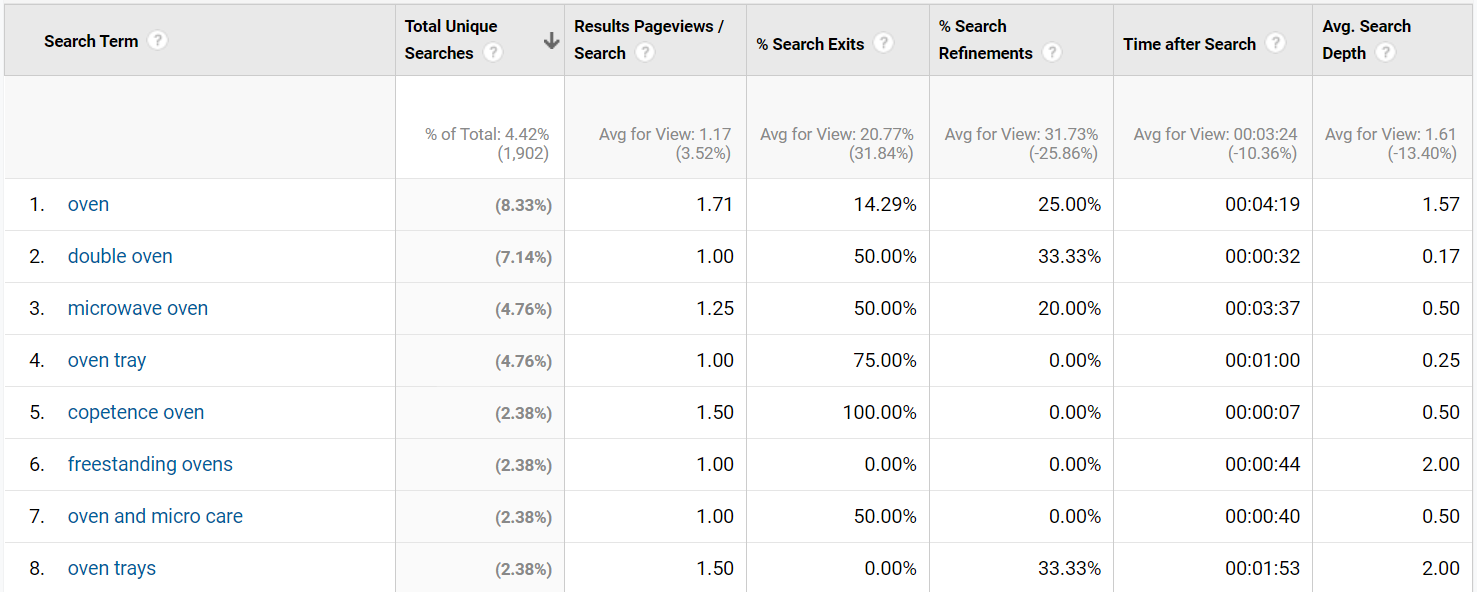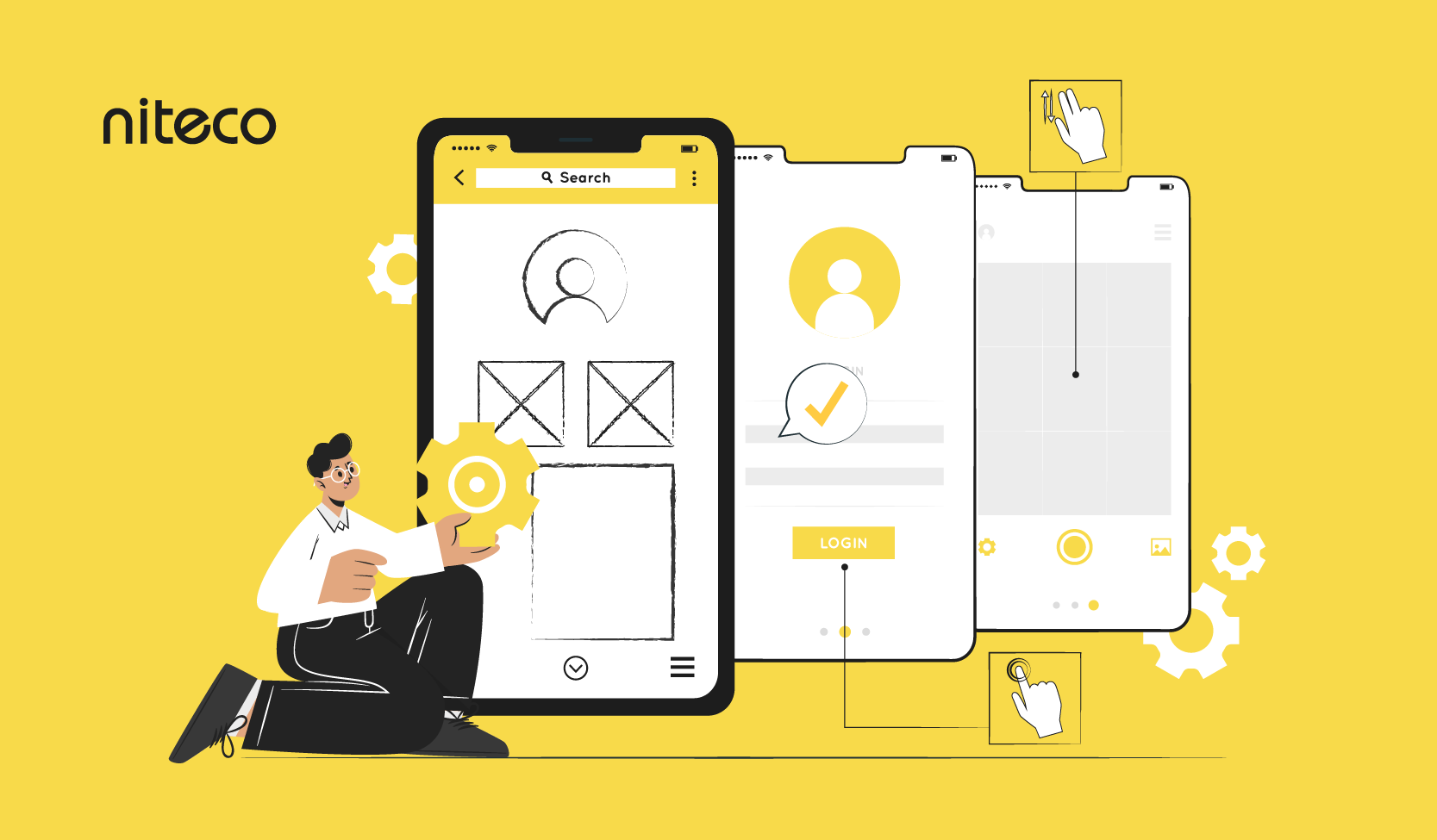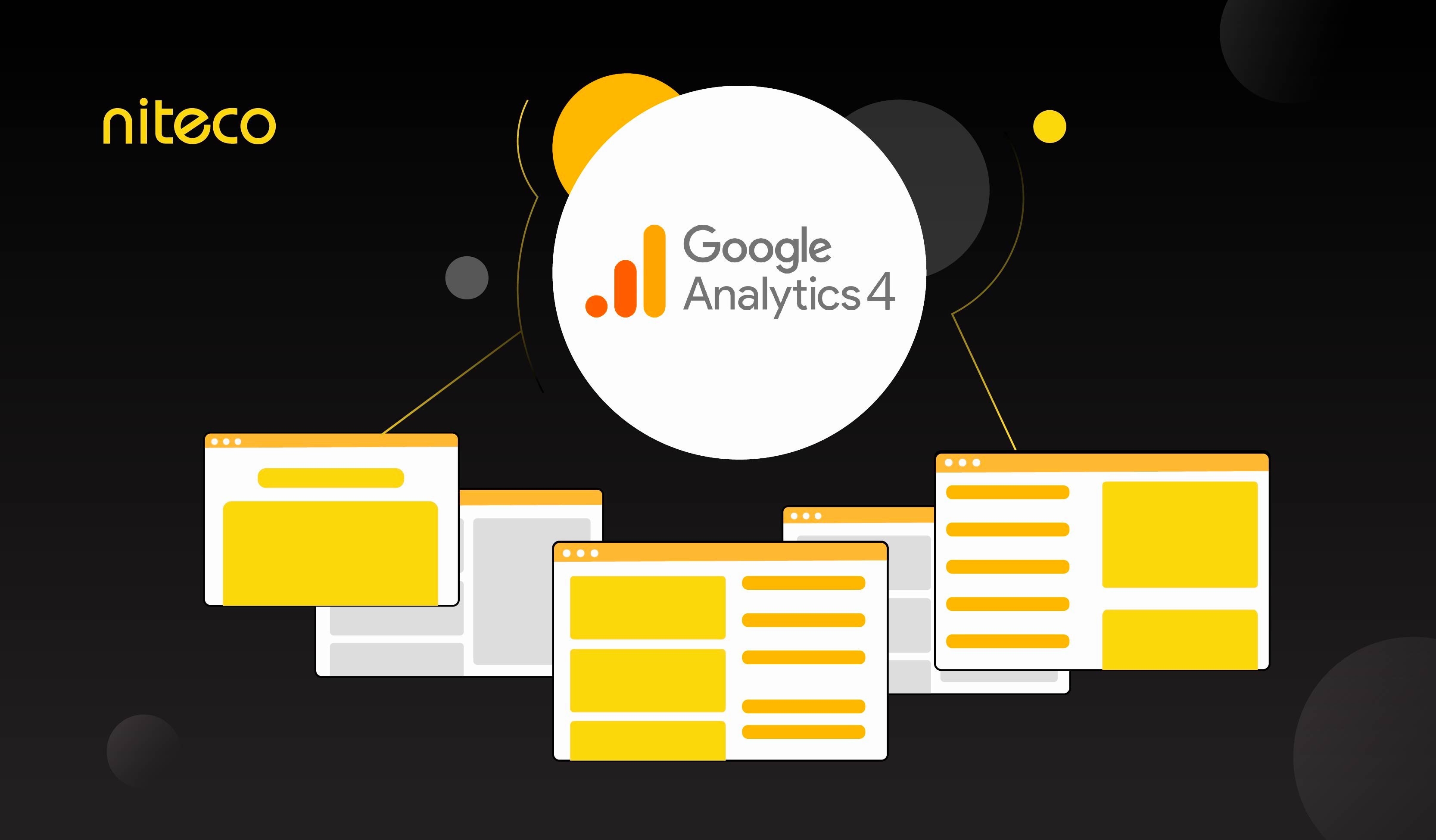The primary goal for every business aiming for ongoing and stable success is to satisfy its customers. And one thing any such business should avoid with all its power is overlooking those customers’ behavior.
Getting the hang of their buying habits, brand preferences and personal tastes can be the best way to take your business to the next level. By garnering behavioral insights and producing the products or offering the services best aligned with their needs, you can not only enhance user experience as well as improve conversion rates and sales performance, but also convert them into loyal, returning customers for future products and services.
Table of Contents:
- What is behavioral data and what does it look like?
- Why is behavioral data important? Here are the benefits of it
- Types and examples of behavioral data
- Verdict
So, let’s take a look at the fundamentals of behavioral data and some real-life examples.
What is behavioral data and what does it look like?
What is behavioral data?
Behavioral data plays an incredibly important role in keeping your marketing campaigns targeted and in the long run, developing products that meet your customers’ needs. Behavioral data is, in essence, a form of statistical information that provides insights into a customer's interest in your product. It encompasses various aspects, such as where customers spend the most time, their purchasing behavior, the content they find most relevant, and more.
In some cases, businesses can also take advantage of this data to create a completely new customer-centric approach. You might have heard of Airbnb and Spotify. These big players recognized the power of this type of data a long time ago and started to develop behavioral data products like recommendation engines and predictive lead scoring.
What does behavioral data look like?
Behavioral data is all about your customers and finding it is much easier than you might expect. In the dynamic landscape of digital marketing, you probably come across quite a few instances of customer behavior data every day. It could be the bounce rate in your website’s performance data, or the number of reposts on LinkedIn over a certain period.
So, how does this kind of data relate to real-life user behavior? Let's consider heatmaps, specifically scroll maps. Scroll maps help visualize how far users scroll down a page. When you examine scroll map data on a random blog page, you can gather behavioral insights whenever users stop scrolling within the first 3 paragraphs and bounce away from the page. This suggests that your content might not have provided the valuable information they were seeking. Consequently, a potential solution to this issue could be to write shorter, more on-point content to capture their attention more effectively.

Why is behavioral data important? Here are the benefits of it
It cannot be denied that customer behavior data offers excellent insights into customers and their preferences, allowing businesses to make more informed decisions and drive success.
Here are 3 key benefits behavioral data can have for your organization:
1. Enhancing personalization and user experience
Whether they admit it or not, users love a personalized experience! Let’s take a look at the real-life success story of Co-operative Travel: the business experienced a 95% surge in website traffic and a remarkable 217% boost in revenue when it introduced personalization to its website. This goes to show that focusing on enhancing personalized marketing is always a good approach.
What you gather from customer behavior data can be extremely useful when you’re trying to segment users into groups. These groups are segmented based on shared characteristics or behaviors, such as demographics, location, or browsing habits. Once finished, you can create specialized campaigns for each group and ensure that messages are relevant to that group’s requirements, increasing the chances of conversion and customer satisfaction.
Check out how we improved conversion rates for Electrolux.
2. Informing marketing strategies and campaigns
McKinsey's research reveals that businesses embracing personalization experience a remarkable 40% surge in revenue compared to their non-personalizing counterparts. This demonstrates the effectiveness of personalized marketing strategies in enhancing conversion rates and fostering customer loyalty. You had better take advantage of the customer behavior data to develop such a user-centric approach.
An example for utilizing such data in your everyday marketing activities is sending an email marketing campaign for experimentation. As part of this campaign, you would not allocate too many resources to sending emails with animated GIFs to a group of recipients who have never clicked on images or videos in previous emails. As such, behavioral data can be quite useful to avoid wasting time and money on activities that may not yield valuable results.
To get the best data on how users interact with your sends, tap into cutting-edge marketing platforms such as Optimizely. It offers you access to top-tier experimentation features. In addition to utilizing, it for your targeted campaigns, you can conduct tests in various contexts and incorporate personalization into your experimentation strategy to achieve the best results and insights.
>>> Learn more on the case for more experimentation in your business.
3. Facilitating data-driven decision making
Jeremy Blaney, Director of Customer Solutions at Tableau, once emphasized that “Data-driven decisions went from being a priority goal to absolutely necessary in order to survive the unplanned and significant changes to the business environment.” In essence, data-driven decision making is a logical approach to make important and smarter choices based on insights from data.
Compared to decisions made from gut feeling or past experience, data-driven decisions can provide you with a foundation for faster, more accurate and cost-effective marketing and sales direction because they are based on real customers’ behavior. Leveraging this approach allows organizations across all sectors to enhance decision quality, optimize operations, and ultimately boost profitability.
For instance, some brands may opt to steer their decision-making using pre-established business rules meticulously tailored to their unique needs. These rules could involve the identification and segmentation of an audience composed of visitors who have exhibited a specific behavior, such as placing a particular item in their online shopping cart.
Types and examples of behavioral data
To gain a deeper understanding of behavioral data, it's essential to recognize some common types that shouldn't be overlooked. While there may be various customer behavior data types, the ones listed below are the most prevalent and have been grouped into more accessible categories with examples for easier interpretation.
1. Web-based behavioral data
This is considered the most common type of customer behavior data. No matter who you are, whether you’re a marketer, product owner or data analysist, you must have encountered this sort of behavioral data at least once. They are page views, bounce rates, browser choices, device choices, etc. which are commonly seen in web performance tracking applications such as Google Analytics.

This data can give you powerful insights into a customer’s primary areas of interest. It, in turn, can enable you to craft personalized cross-links to related content, enhancing the user’s experience by guiding them toward material that aligns closely with their preferences and is more likely to pique their long-term interest.
2. Social media engagement data
The engagement metrics on social media, including likes, comments, hearts, and shares, represent another valuable source of behavioral data. You can also delve deeper into analysis by examining the actual content and text within comments or the imagery shared.
Collecting and analyzing this information allows you to gain insights into what people are truly expressing, endorsing, or engaging with, as opposed to what they may merely profess to interact with. This can offer valuable perspectives on both historical and potential trends.
Each social channel has its own behavioral data tracking; besides, there are third-party marketing platforms that offer more comprehensive customer data analysis. For example, the HubSpot marketing software provides an excellent approach to analyzing social media engagement data.

Source: HubSpot.
3. Search behavior data
Another type of customer behavior data is search behavior data. This data visualizes various aspects of how users interact with search engines and the results they obtain. Two popular examples of search behavior data are keyword searches and click-through rates (CTR) on search engine results pages (SERP).
Keyword searches reveal what users are actively seeking, reflecting their immediate interests and needs. By analyzing popular keywords and search queries, businesses can tailor their content and advertising strategies to align with these user intentions, thereby increasing their brand’s visibility and relevance.
In the meantime, click-through rates on SERP indicate the effectiveness of search results and the relevance of web pages. A high CTR implies that users find the content relevant and engaging, while a low CTR may suggest the need for content optimization.

4. Transactional behavioral data
Transactional data pertains to the data Ecommerce businesses gather concerning their customers' buying activities, encompassing details like their purchases, the timing of those purchases, spending amount and more sophisticated data like cart abandonment rates.
This data offers profound insights into customer preferences and helps you to develop appropriate customer segmentation. Segmenting customers forms the foundation for effectively sending targeted offers and identifying cross-selling opportunities. Monitoring cart abandonment rates in particular helps optimize the Ecommerce experience, reducing cart abandonment by addressing key pain points.
In essence, transactional data is a vital tool for enhancing customer engagement, increasing conversions, and refining marketing strategies. The Optimizely Data Platform is a harmonized application where you can access customer data from all tracking channels with just one click. Furthermore, AI-driven predictive analytics can expand the scope of personalized multichannel campaigns seamlessly, eliminating the complexities of attribution and the need for guesswork.
Source: Optimizely.
Verdict
In conclusion, behavioral data is a pivotal aspect of modern data analysis and holds immense significance for businesses and organizations across various industries. This data category consists of the actions, interactions, and preferences of individuals or users, shedding light on their behaviors and choices.
The importance of customer behavior data lies in its capacity to inform decision-making processes, enhance user experiences and personalization and form on-point marketing strategies. By understanding how individuals engage with products, services, or content, businesses can tailor their offerings, improve customer satisfaction, and boost conversion rates.
If you are looking for a comprehensive data management solution, don’t hesitate to contact us for a tailored program exclusively built for you.
to transform your business and drive results?



